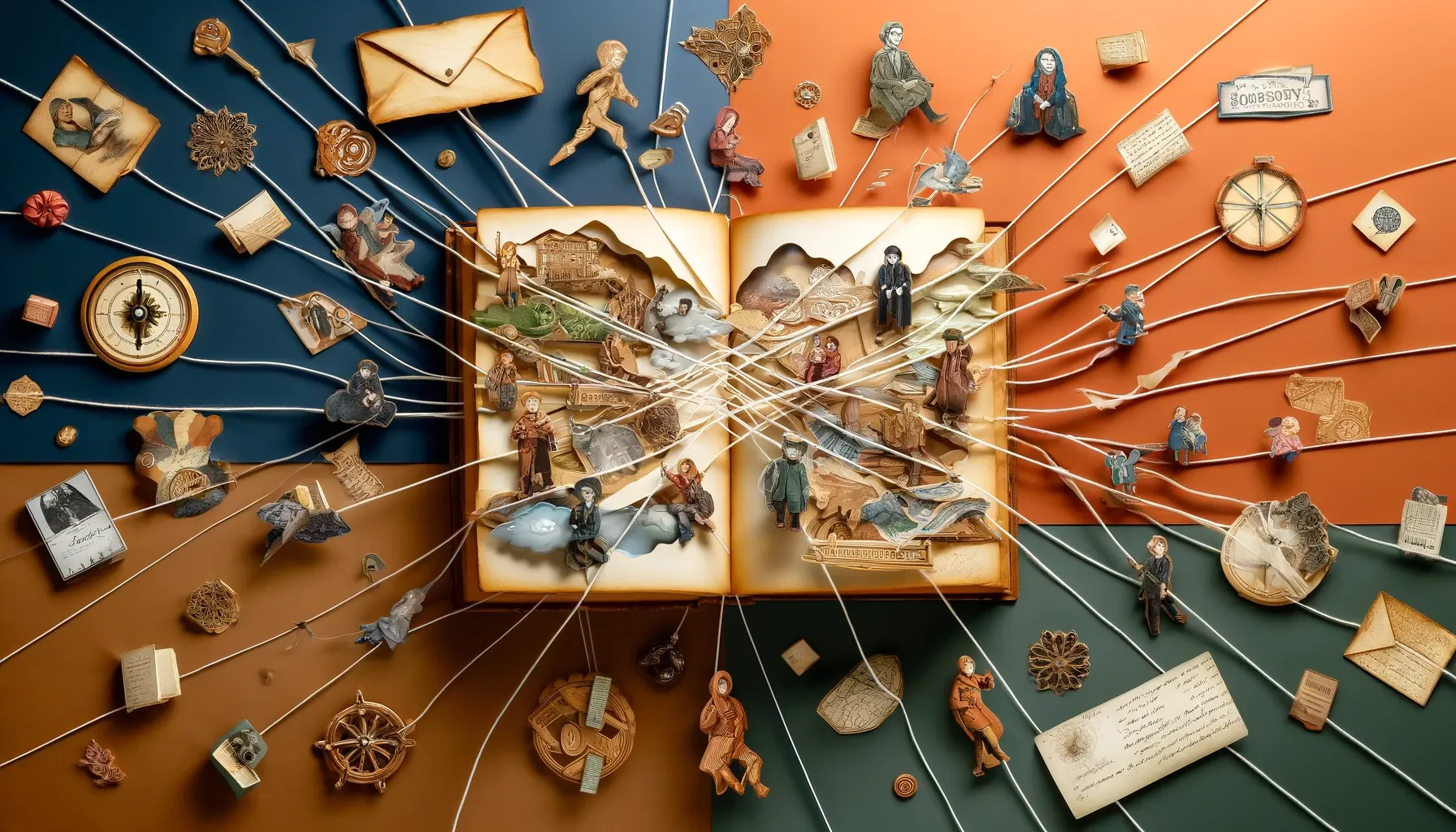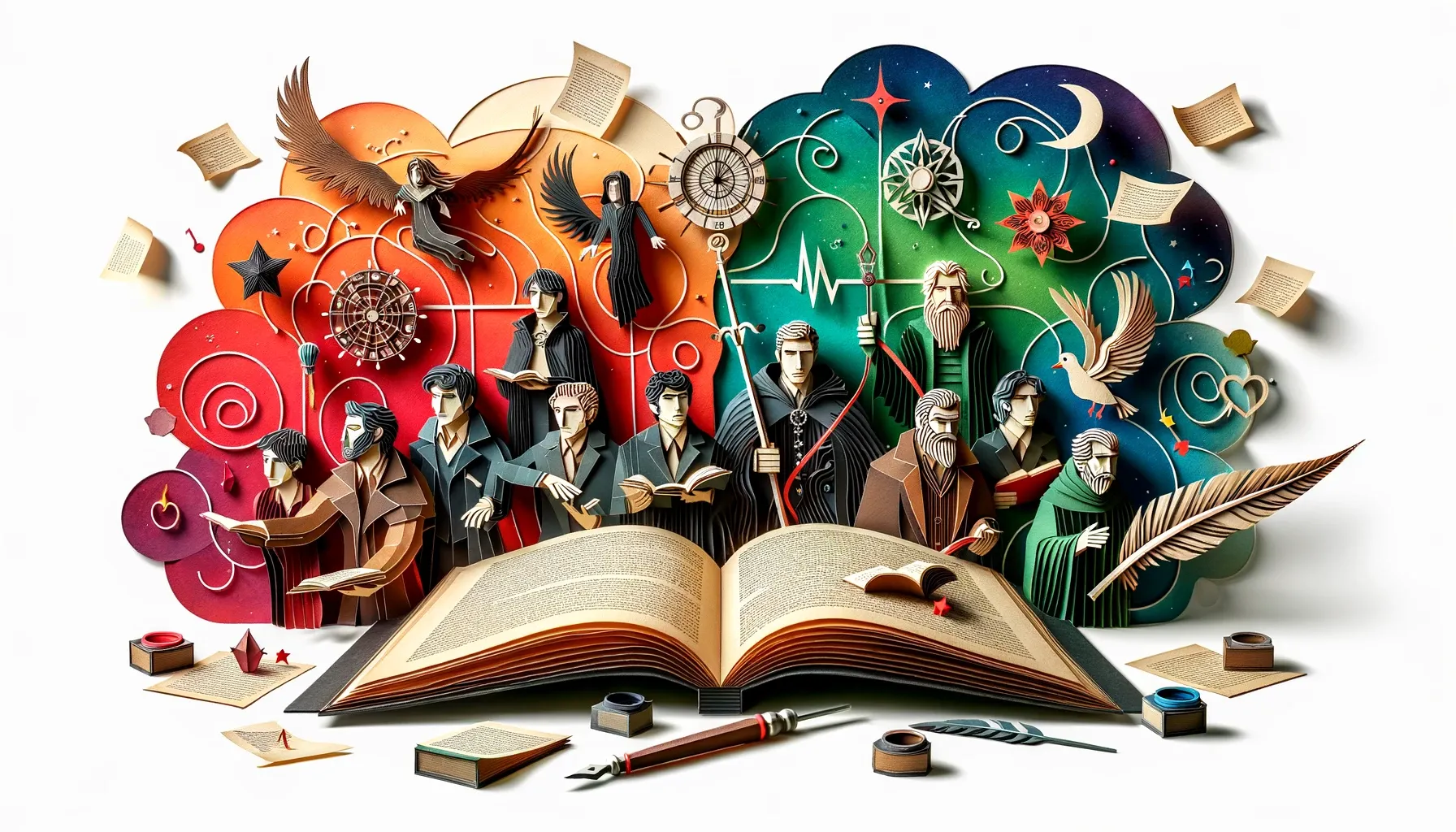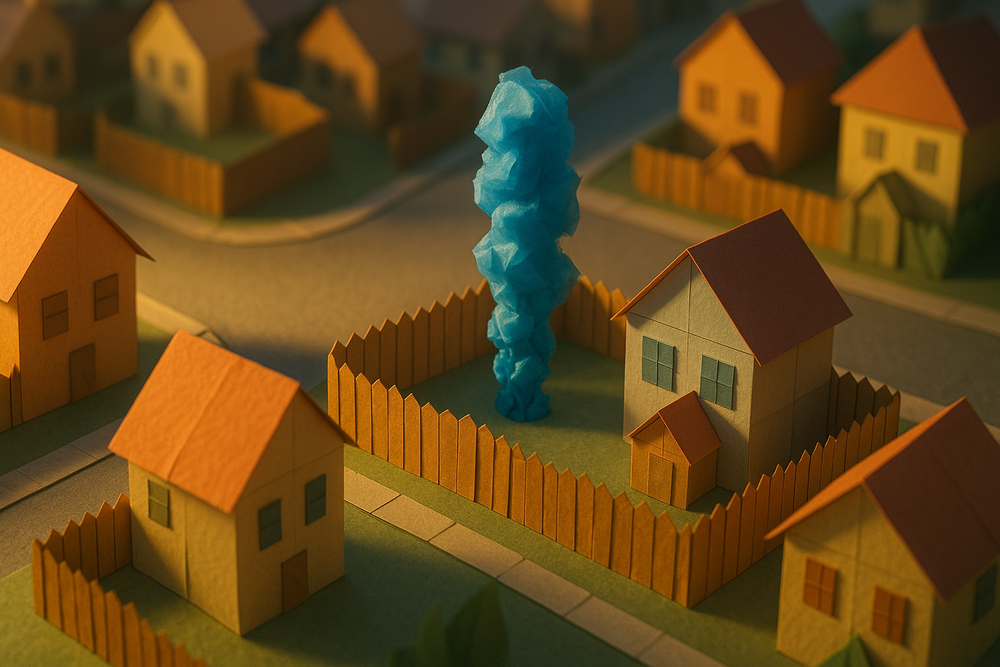In the realm of storytelling, characters are the lifeblood of your narrative. They breathe life into your plot, evoke empathy from your readers, and drive the story forward with their choices and transformations. Creating complex characters is both an art and a science, demanding a delicate balance of imagination, psychology, and craftsmanship. Today, we delve into the essence of building multifaceted characters that linger in the minds of your readers long after the final page is turned.
Understanding Complexity
Complex characters are not merely those with a multitude of traits or an extensive backstory; they are individuals who mirror the intricacies of real human beings. Complexity in characters arises from their internal conflicts, motivations, flaws, and growth. To craft such characters, a writer must delve deep into the human psyche, understanding what makes people tick and how different experiences shape their worldview.
Consider classic literary characters like Jay Gatsby from "The Great Gatsby" or Elizabeth Bennet from "Pride and Prejudice." Gatsby's enigmatic persona, driven by his idealistic love and haunted by his past, makes him a compelling character. Elizabeth's wit, independence, and evolving perceptions of love and social status illustrate her depth. These characters resonate because they embody a blend of strength, vulnerability, desire, and contradiction.
The Pillars of Character Complexity
1. Motivation: The Engine of Action
Motivation is the force that propels your characters' actions and decisions. It is essential to establish clear and compelling motivations for your characters, as these drive the plot and influence their behavior. A character's motivation can be rooted in their past experiences, personal desires, or external circumstances.
For instance, in J.K. Rowling's "Harry Potter" series, Harry's motivation stems from his desire to belong and his determination to defeat the dark forces threatening his world. This motivation shapes his actions throughout the series, making his journey relatable and engaging.
When crafting your characters, ask yourself what they want and why they want it. Consider their goals, dreams, fears, and the stakes involved. Understanding these aspects will help you create characters whose actions are not only believable but also compelling.
2. Flaws: The Shadows of Perfection
Perfect characters are uninteresting because they lack relatability. Flaws make characters human, endearing them to readers who see reflections of their imperfections. A character's flaws can lead to internal conflict, poor decisions, and eventual growth, adding layers to their persona.
Take Walter White from "Breaking Bad" as an example. His initial flaw is his pride and ego, which, coupled with his desperation, lead him down a dark path. His transformation from a mild-mannered teacher to a ruthless drug lord is both tragic and captivating, largely due to his flaws.
To create flawed characters, think about their weaknesses and how these impact their relationships and decisions. Flaws can range from personality traits like stubbornness or jealousy to deeper issues like addiction or trauma. The key is to ensure these flaws are integral to the character's identity and development.








